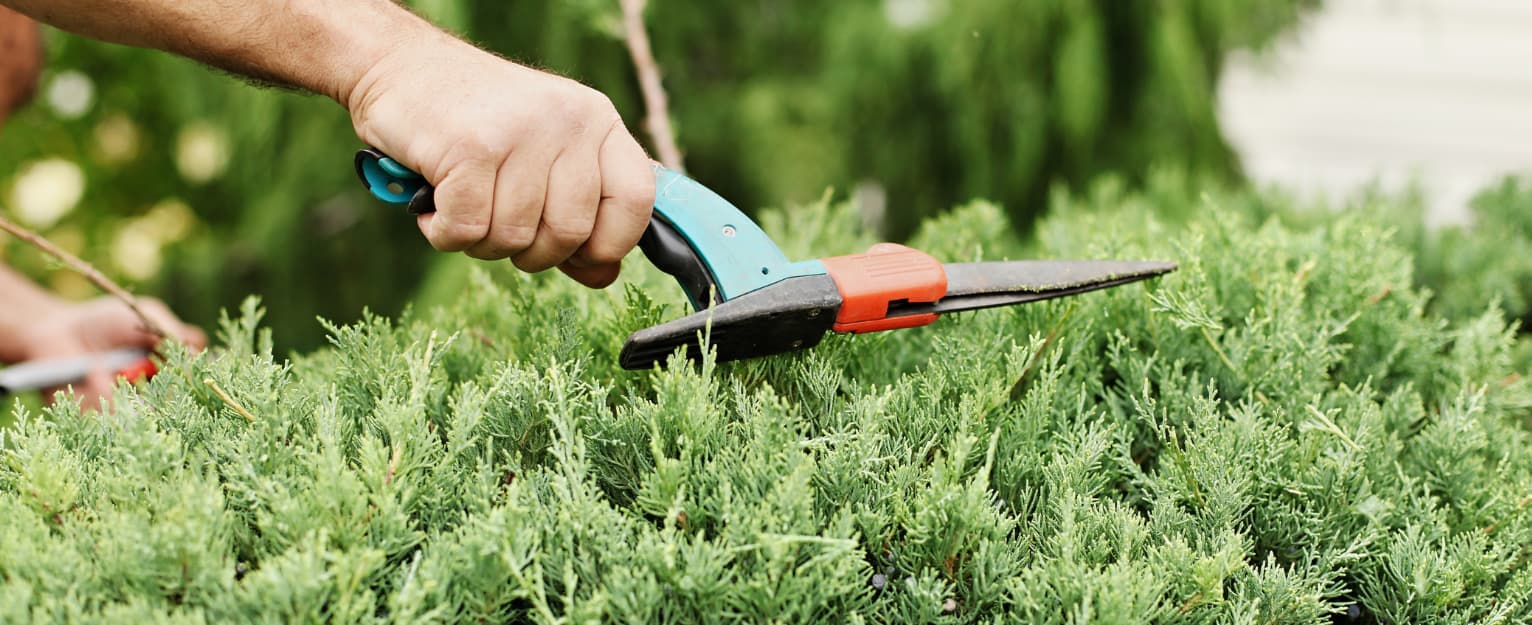
As of this past weekend, summer is officially over – and looking at the skies outside, wouldn’t you just know it. Now that the weather is becoming more grey and miserable, that makes it a good time to start preparing your garden for the onset of winter weather, if you haven’t started already!
Here at Savoy Timber, we’ve got decades of experience in supplying the very best timber decking and composite decking to customers all across the UK, so we know a thing or two about how to protect your garden against the grim weather. So if you’re looking for places to start, here are our top tips!
Just like almost any big preparation task, one major step in preparing your garden for colder weather is to give it a thorough clean and declutter. Falling autumn leaves can accumulate on your decking, paths, and flower beds – and not only does this look unpleasant, but it can even be actively dangerous, by creating damp and slippery surfaces. Raking up these leaves and disposing of them is a good idea for several reasons – for starters, it can reduce the risk of accidents, as well as helping to prevent damage to your decking and patio by reducing moisture build-up.
It’s also important to check gutters and drains for blockages, as clogged systems can lead to flooding or pooling water, which can damage both your decking and your home’s foundation. If you have garden ornaments or seasonal decorations, you might want to consider moving them indoors to prevent weather-related wear or fading. And of course, tidying up at the end of autumn will make it easier to get things back in order when spring arrives.
As we’ve covered before here on the blog at Savoy Timber, decking can be particularly vulnerable to the elements during winter; rain, snow, and frost can all pose their own risks to both its appearance and structure. It’s never a bad idea to think about applying a waterproof sealant to your decking, as it can go a long way to helping your deck resist moisture and prevent long-term damage like warping or splitting. This will help keep the wood or composite material in better shape, even during wet and freezing conditions.
If you live in an area that’s particularly prone to heavy snowfall or frost (for example, at high altitudes), it’s also worth thinking about investing in anti-slip mats or grip strips, as these can make your decking significantly safer during icy weather. Covering your decking with tarpaulins or specially designed decking covers can provide extra protection from the elements, reducing the need for maintenance in spring. Plus, keeping an eye on nearby trees or shrubs and removing any overhanging branches will reduce the amount of debris that falls onto the surface during storms or windy days. In fact, let’s explore that last option a little more…
Don’t hesitate to break out the secateurs! Trimming your garden’s plants and trees before winter not only ensures they remain healthy but also protects your decking and garden structures from potential damage. That’s basically because overhanging branches or large shrubs can become hazards in high winds, posing the risk of snapping and falling onto your decking, fencing, or patio. Trimming these back ensures they are less likely to cause problems during storms or heavy snowfalls.
Pruning also helps promote healthy growth when spring arrives, allowing your plants to focus on developing strong roots throughout winter. It’s a good idea to trim hedges or bushes early in the season, so they have time to recover before the deep frost sets in. Don’t forget to check for any weak branches that could snap under the weight of forst or snow, as this could cause unexpected damage to your garden, decking, or even nearby power lines.
Though generally hardy by design, some garden furniture can be easily damaged by rain, frost, and snow if it’s not been properly stored or protected during the colder months. Moving your furniture to a garage, shed, or other sheltered space is the best option if you have the storage available. If that’s not possible though, one practical alternative involves using waterproof covers.
For wooden furniture, you might want to apply a protective oil or varnish that can offer additional defence against the elements, preventing moisture from seeping in and causing rot. Metal furniture can also benefit from a rust-resistant treatment to prevent corrosion over winter. And of course, when covering your furniture, don’t forget to ensure the covers are securely fastened to avoid them being blown away during winter storms. You’ll also want to remove any fabric cushions or soft furnishings and store them indoors to prevent mould or mildew growth. As long as it’s all been properly cared for, your furniture will be ready for use once the warmer weather returns.
Those are just a couple of our top tips – ultimately, you’ll know what’s best for your garden, so we’ll leave it to your discretion! As for us, At Savoy Timber, we’re always on hand to speak to you with any questions or queries you might have before, during and after the decking is laid! So, if you’re looking for stunning decking options that are both affordable and reliable and with a side order of expert opinions, take a look at our timber decking range! From decking boards to decking kits to decking samples, we have everything you need for hassle-free decking right here! To speak to a member of our team about your next decking project, feel free to give us a call at 0345 0268 799.